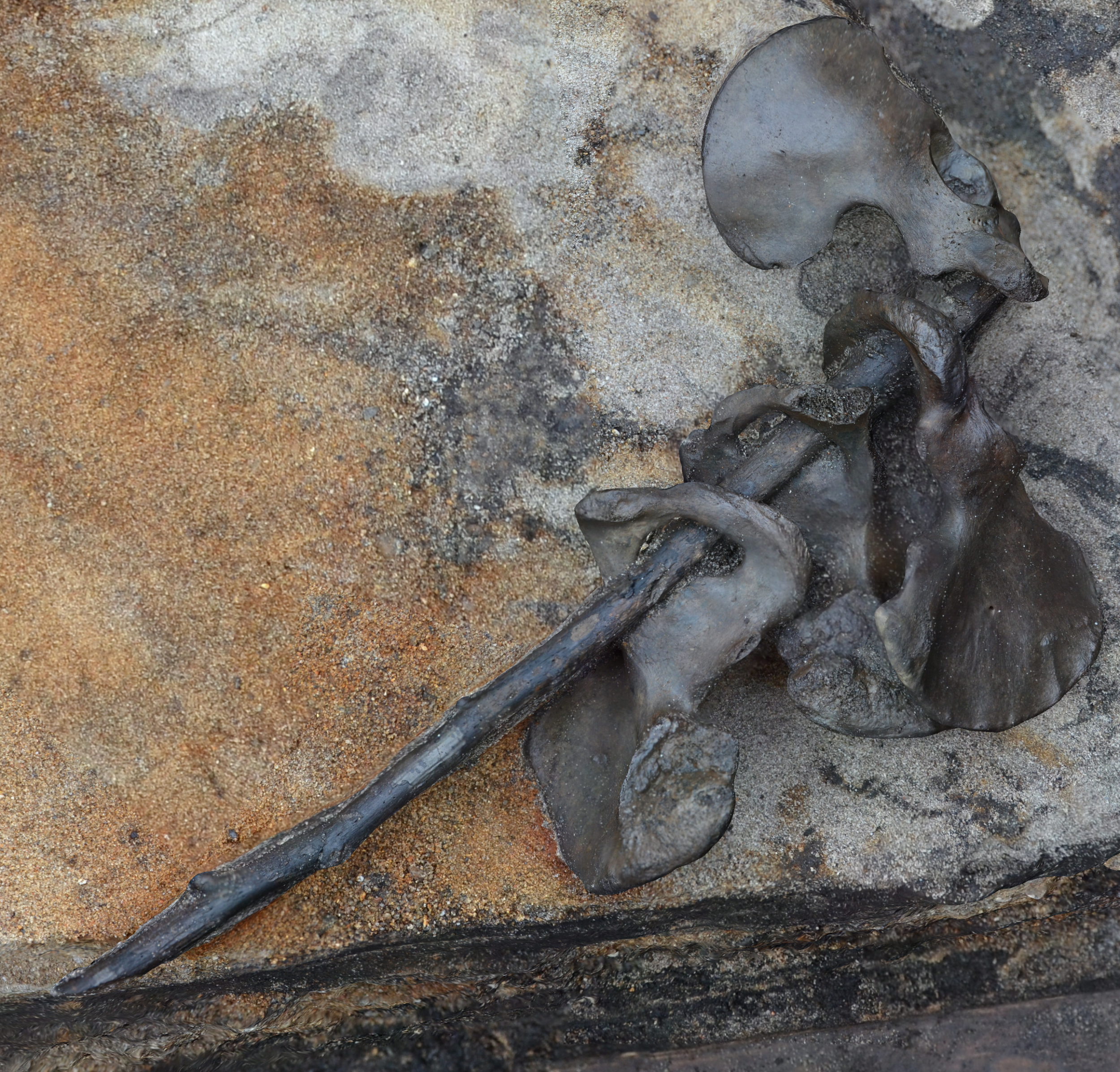
Thousands of bones uncovered in a Danish wetlands have left archaeologists with as many questions as answers about the gruesome first-century battle that led to their owners' demise: What were they fighting about? And why were their bones moved after their death?
A team of scientists working at the site has pieced together the story of those bones in a new paper published in the journal Proceedings of the National Academy of Sciences.
But first, to set the scene, imagine yourself at the Alken Enge wetlands in Denmark. It's sometime between 2 B.C. and 54 A.D. Far to the south, the Roman Empire is in its early days, although even at its height its grasp never stretched this far north. But freedom from an encroaching empire isn't quite enough to guarantee peace.
Read more: Lead pollution trapped in Greenland ice shows rise and fall of ancient societies
And when battles did break out, they could be bloody. This one may have killed about 380 people, mostly men, which the archaeologists think means that the battle was important enough to pull together people from several villages. Many of the victims' bones lack the healed wounds that would suggest their owners were experienced fighters. They died of wounds inflicted by lances, swords and maybe axes, and some seem to have been killed after having been captured.
But here's where it gets truly strange: The warriors didn't die at the wetlands. Instead, the archaeologists believe the battlefield was somewhere nearby. Their corpses were left there for six months or a year, during which animals, likely including wolves, scavenged them and the flesh rotted away.
People then crossed the battlefield to gather the cleaned bones. Some of them threaded nearly four hip bones along a wooden stick like beads, and they carried the remains to the wetlands and dropped them in the water, which would have been at least 6 feet deep at the time.
And there they sat until excavations, first in the late 1950s and then between 2012 and 2014, began to reveal the wetlands' secrets. The bones are spread across an area about a quarter square mile, although the archaeologists haven't excavated the entire site. Their estimated total casualty count is based on identifying bones from 82 individuals in the part they did dig.
Based on their findings, the archaeologists believe they've found proof that ancient cultures in the area had formal, careful practices to clean battlefields and handle human remains.
"This is 'memory work' after the battle," Peter Bogucki, an anthropologist at Princeton University who wasn't involved in the research, told National Geographic. "They are deliberately trying to create some collective memory of the event."
Uncommon Knowledge
Newsweek is committed to challenging conventional wisdom and finding connections in the search for common ground.
Newsweek is committed to challenging conventional wisdom and finding connections in the search for common ground.
About the writer
Meghan Bartels is a science journalist based in New York City who covers the science happening on the surface of ... Read more
To read how Newsweek uses AI as a newsroom tool, Click here.








